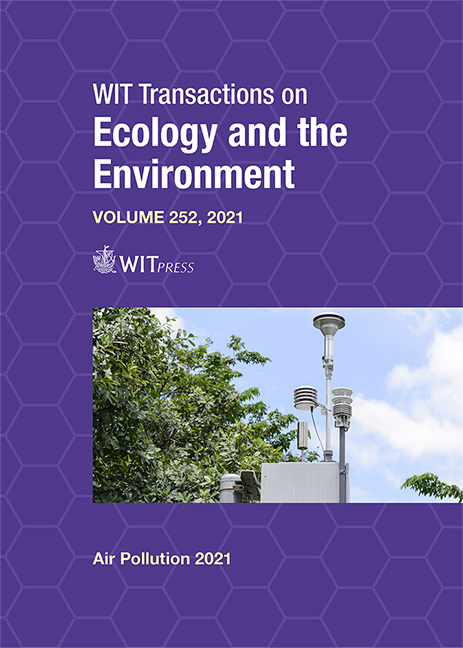HEALTH RISK ASSESSMENT AND BLACK CARBON: STATE OF ART AND NEW PROSPECTIVES
Price
Free (open access)
Transaction
Volume
252
Pages
11
Page Range
149 - 159
Published
2021
Paper DOI
10.2495/AIR210141
Copyright
Author(s)
ORNELLA SALIMBENE, SALVATORE MORREALE, FRANCESCO PILLA
Abstract
The characterization of health risks (HRA) in a population due to air pollution is crucial for the development of effective risk management policies and strategies. HRA is a formally required tool by nations as part of the decision-making process for new programs, regulations and policies that affect air quality, so it is important for decision makers to understand what resources are needed and what limitations may exist. In the hazard identification phase at local and urban level, concentration data provided by local monitors are used, but one of the main shortcomings is that population exposure estimates based on these data are often limited by the sparse geographic-temporal coverage of the measurements. Often the HRA evaluation does not take into account the complex chemical composition of the suspended particulate and therefore the different toxicity and oxidation potential associated with it. Current air quality standards for particulate matter (PM) use the mass concentration of PM (PM10, PM2.5) as a metric, but particles from combustion sources are more relevant to human health compared to particles from other sources and the impact of policies to reduce PM from combustion processes, is relatively small when estimating the effects for a reduction in total mass concentration. This research highlights the value of black carbon (BC) particles as a possible additional indicator in the management of air quality in Turin (north Italy), one of the most affected Italian cities by smog where a high number of asthmatics and allergic people are exposed every day to PM concentrations higher than the legal limits. According to the Council on Clean Transportation, Turin is among the top 100 cities in the world with a higher number of deaths due to respiratory diseases caused by transport. BC could be a valuable additional air quality indicator to assess human health risks caused by primary combustion particles.
Keywords
air pollution, black carbon, indicators





